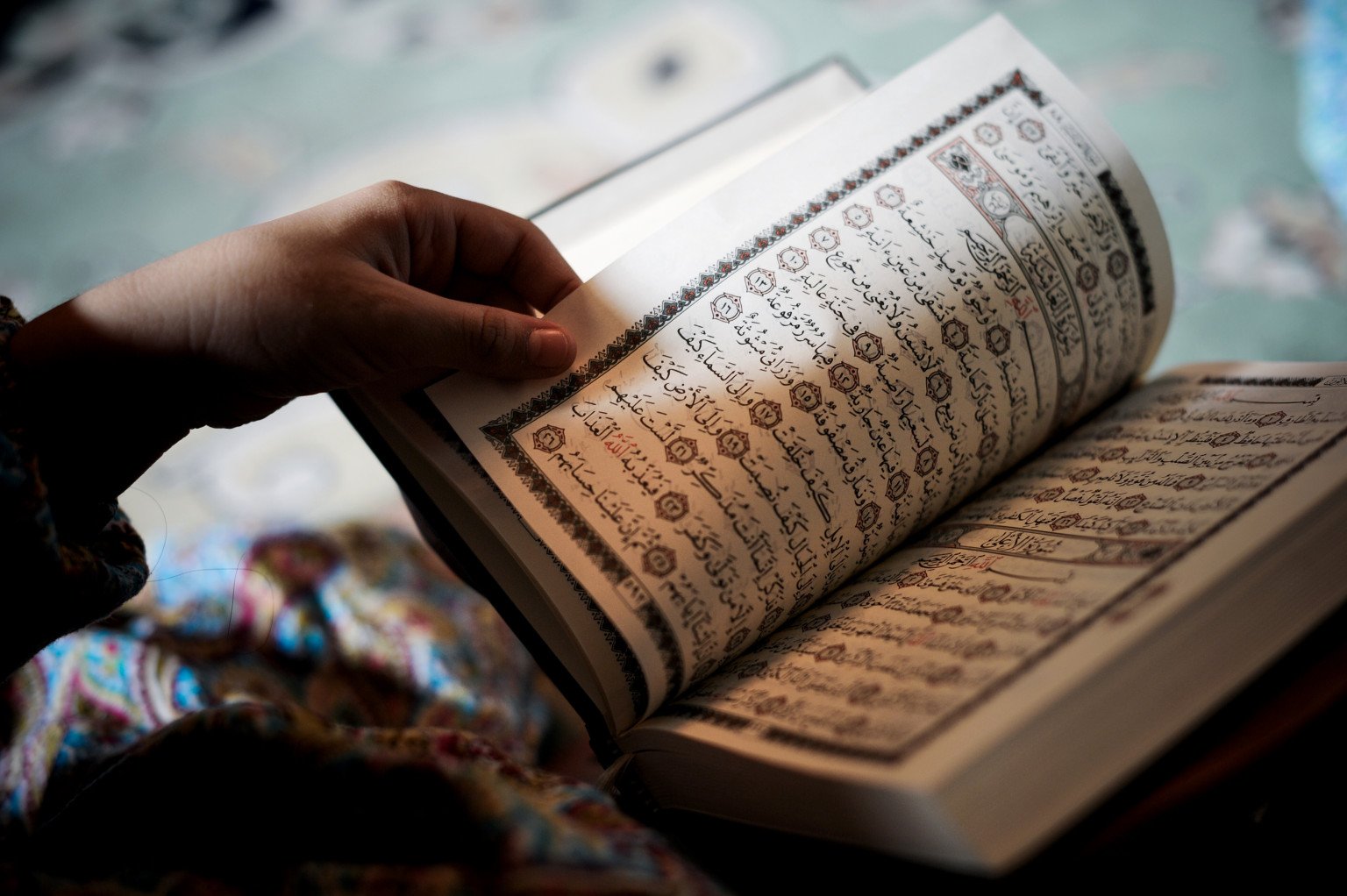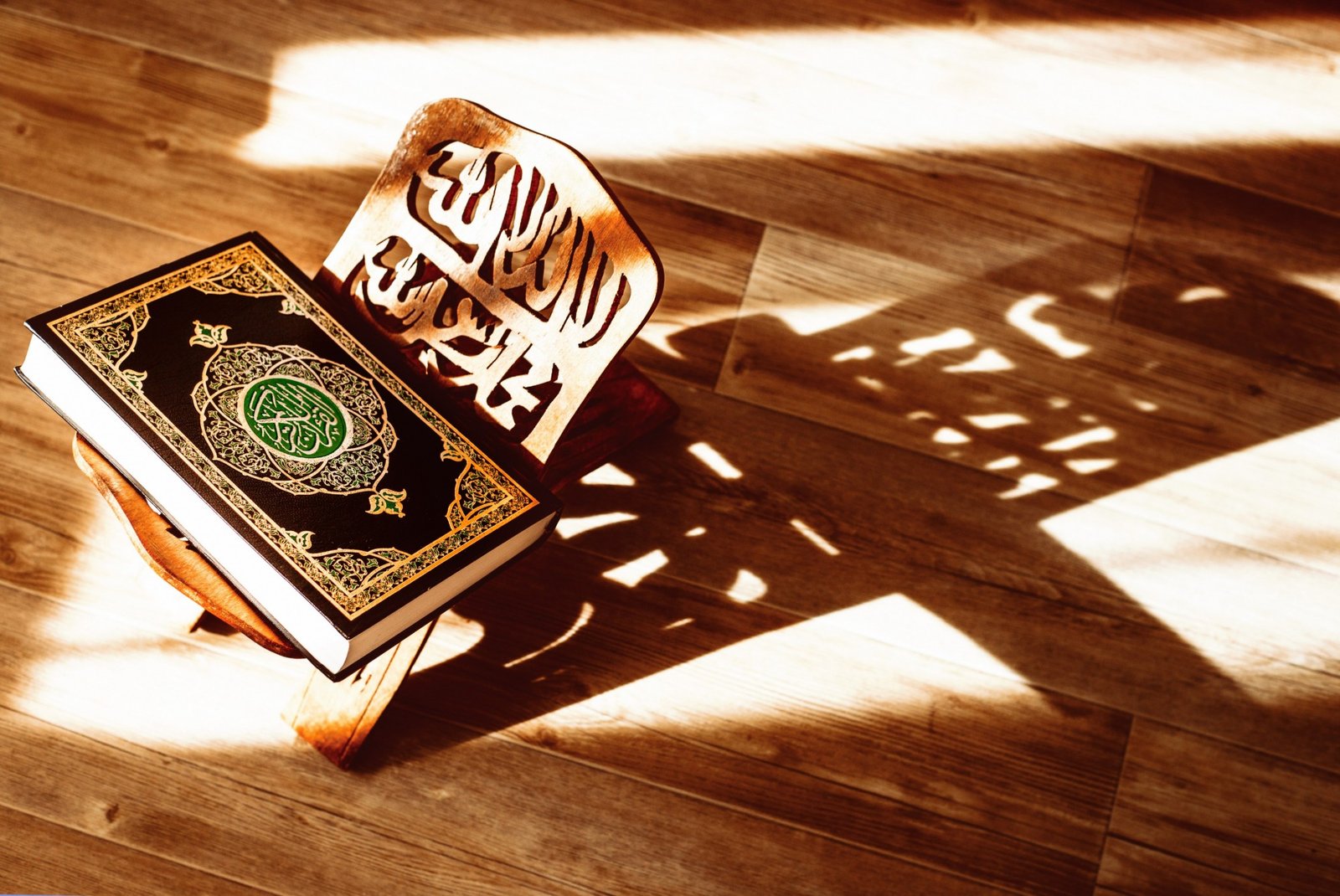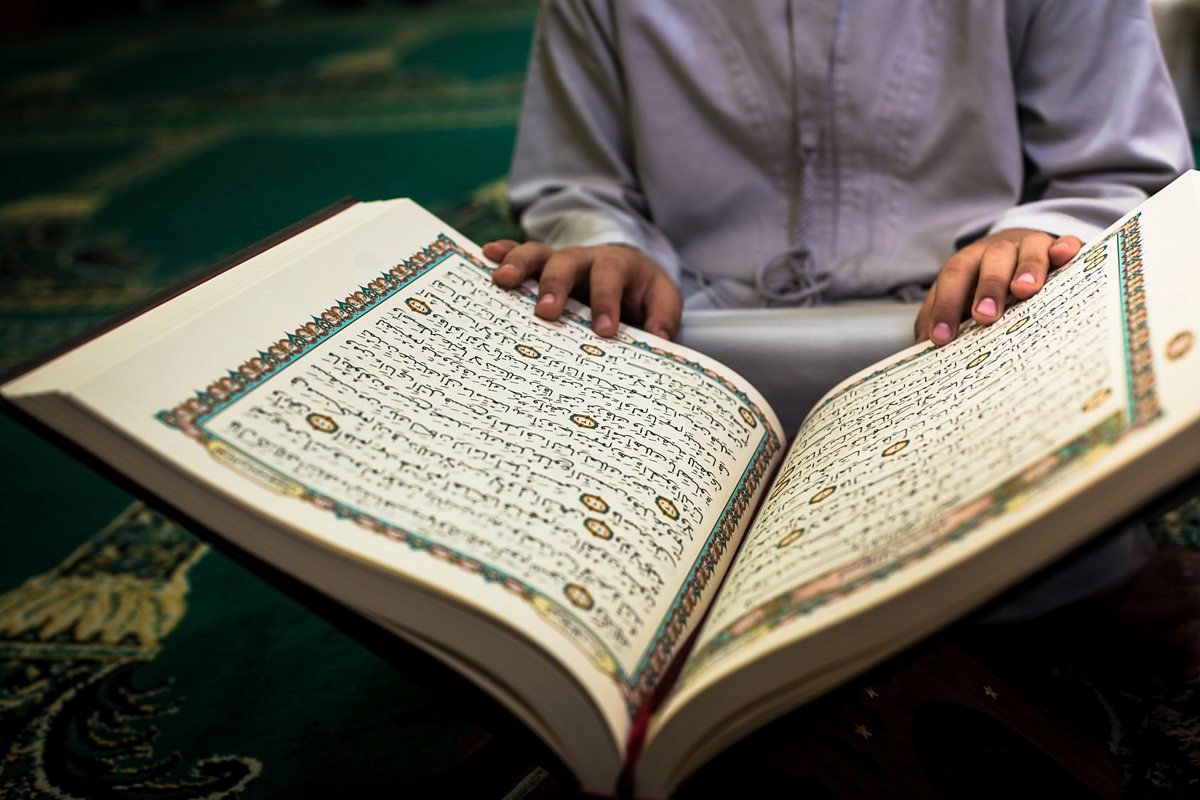Tajweed is essential for proper Quran recitation, ensuring clarity and beauty in every verse, In exploring how many types of tajweed are there, we can enhance our connection to the text and improve our pronunciation skills and this is what we will explore in the following lines.
what tajweed means?

Tajweed is the art of reciting the Quran correctly and beautifully, focusing on rules that ensure the precise pronunciation of letters and sounds, The main aim of Tajweed is to avoid mistakes during reading and to express the meanings of verses accurately, enhancing the spiritual and contextual understanding of the text.
Tajweed encompasses several important aspects, such as the articulation points of letters, which specify where each letter is pronounced, and the characteristics of letters, which highlight their unique sound qualities. It also includes rules for the elongation of sounds and nasalization, adding beauty to the recitation.
Learning tajweed is not just a religious obligation; it is an art that requires ongoing practice and study. It helps readers connect more deeply with the meanings of the Quran and benefit from them. By applying tajweed rules properly, a reader can recite the Quran with a captivating voice that stirs emotions and enriches spirituality. Thus, tajweed is an essential part of the Quran recitation experience, and anyone seeking to understand the meanings of this holy text should pay special attention to these rules.
BOOK FREE SESSION
How many types of tajweed are there?
Tajweed, an essential aspect of Quranic recitation, ensures that the text is read correctly, beautifully, and with deep respect, Understanding how many types of tajweed are there helps readers enrich their recitation and deepen their connection with the Quran.
There are several key types of tajweed, including:
Makhraj (Articulation Points): This involves knowing the correct places to pronounce each letter. Every Arabic letter has a specific origin in the mouth or throat, and mastering these points is fundamental to proper recitation.
Sifat (Qualities of Letters): This refers to the characteristics that define how each letter should sound, These qualities include attributes like heaviness, lightness, and elongation, which differentiate letters from one another.
Rules of Madd (Elongation): These rules determine how long certain letters should be held during recitation, There are specific types of madd, such as madd lazim (necessary prolongation) and madd jaiz (permissible prolongation).
Ghunnah (Nasalization): Ghunnah is a type of nasal sound that occurs with specific letters, It is an important aspect of tajweed that adds depth and resonance to the recitation.
Idgham (Conjoining): This rule governs how certain letters are blended together for smoother pronunciation, Idgham can significantly affect the rhythm and flow of recitation.
Iqlab (Conversion): This involves the change of certain sounds when specific letters follow one another, It ensures the reciter maintains clarity and precision in pronunciation.
Ikhfa (Concealment): Ikhfa refers to the rules of hiding certain sounds to create a smooth transition between letters, enhancing the overall fluency of the recitation.
Qalqalah (Bounce): This technique applies to specific letters when they are at the end of a word, creating a bouncing sound that adds emphasis and clarity
Read about: How to Learn Quran Reading with Tajweed for Beginners: A Comprehensive Guide
The Ultimate Guide: The Best Way to Learn Tajweed
Makhraj are there in Tajweed?

In the study of Tajweed, which refers to the proper pronunciation and recitation of the Quran, understanding the concept of Makhraj is fundamental. Makhraj, or the articulation points, are the specific places from which the sounds of the Arabic letters originate. There are 17 main Makhraj in Tajweed, each contributing to the accurate pronunciation of the 28 Arabic letters.
The correct understanding and application of these Makhraj are essential for anyone seeking to recite the Quran according to the rules of Tajweed. Proper articulation ensures that each letter is pronounced distinctly and correctly, preserving the meaning and beauty of the Quranic text.
When it comes to Tajweed, there are four types, which are essential for mastering the art of Quranic recitation. These types include Al-Tahqeeq, Al-Hadr, Al-Tadweer, and Al-Tarteel. Each type has its own unique pace and style of recitation, ranging from slow and deliberate to faster, more flowing recitation. Understanding how many types of Tajweed there are is crucial for students and practitioners, as it helps them choose the appropriate style depending on the context and purpose of their recitation.
BOOK FREE SESSION
Read about: Exploring Madd Muttasil Examples: A Comprehensive Guide
What are Tajweed Symbols in the Quran?

Tajweed symbols in the Quran are essential for guiding readers on how to properly recite the holy text, These symbols act as indicators for pronunciation, pauses, and other important aspects of Quranic recitation, By understanding Tajweed symbols in the Quran, a reciter can ensure that they are adhering to the correct rules of Tajweed, which are necessary for preserving the meaning and sanctity of the words. The Tajweed symbols in the Quran include marks for elongation, pauses, and various other phonetic instructions.
One of the most common Tajweed symbols in the Quran is the Madd symbol, which indicates that a vowel should be prolonged, This symbol is crucial in maintaining the rhythmic and melodic flow of the recitation, Another important symbol is the Waqf, which indicates where a reciter should pause or stop. Proper use of this symbol ensures that the verses are recited with the correct meaning and context.
Additionally, there are symbols for Idgham, Ikhfa, Iqlab, and Izhar, which guide the reciter on how to merge, hide, or pronounce certain letters when they appear in specific sequences, These Tajweed symbols in the Quran are not just decorative marks but are integral to ensuring that the recitation is both beautiful and accurate.
Read about: Tajweed Symbols In Quran : The Best Guide To Your Learning
Conclusion
Mastering the art of Quranic recitation requires a deep understanding of the various Tajweed symbols and rules, Knowing how many types of tajweed are there and applying them correctly ensures that the recitation is both accurate and spiritually fulfilling, By adhering to these guidelines, the beauty and meaning of the Quran are preserved for generations to come.
FAQS
how many types of tajweed are there?
There are four types of Tajweed: Al-Tahqeeq, Al-Hadr, Al-Tadweer, and Al-Tarteel, Understanding how many types of Tajweed are there helps in mastering the different styles and speeds of Quranic recitation.
BOOK FREE SESSION
What are the four Tajweed rules?
The four Tajweed rules are Idgham (merging), Ikhfa (hiding), Iqlab (conversion), and Izhar (clear pronunciation). Knowing how many types of tajweed are there is essential for applying these rules accurately.
How many types of Quran recitations are there?
There are ten recognized types of Quranic recitations, known as Qira’at. Just as knowing how many types of tajweed are there is important, understanding these recitation types is crucial for accurate Quranic recitation.
How many Madd are in Tajweed?
There are five main types of Madd in Tajweed: Madd Asli, Madd Munfasil, Madd Muttasil, Madd Lazim, and Madd Arid. Awareness of how many types of tajweed are there helps in applying these elongation rules correctly.
Is Tajweed obligatory Hanafi?
In the Hanafi school of thought, Tajweed is obligatory (fard) for anyone who recites the Quran. Knowing how many types of tajweed are there is part of ensuring correct pronunciation and preservation of meaning.
Who invented Tajweed?
Any one person did not invent Tajweed; it evolved from the time of the Prophet Muhammad (PBUH) to ensure the Quran was recited correctly. Understanding how many types of tajweed are there helps in preserving the tradition of accurate recitation.
What does Tajweed mean in Islam?
Tajweed in Islam refers to the set of rules governing the correct pronunciation and recitation of the Quran. Knowing how many types of tajweed are there
is essential for applying these rules effectively.
How many Makhraj are there in Tajweed?
There are 17 Makhraj in Tajweed, which are the specific articulation points for the 28 letters of the Arabic alphabet. Understanding how many types of tajweed are there, helps in mastering the correct pronunciation of each letter.
Read about:
Izhar Halqi Examples in Quranic Recitation: A Step-by-Step Learning Guide